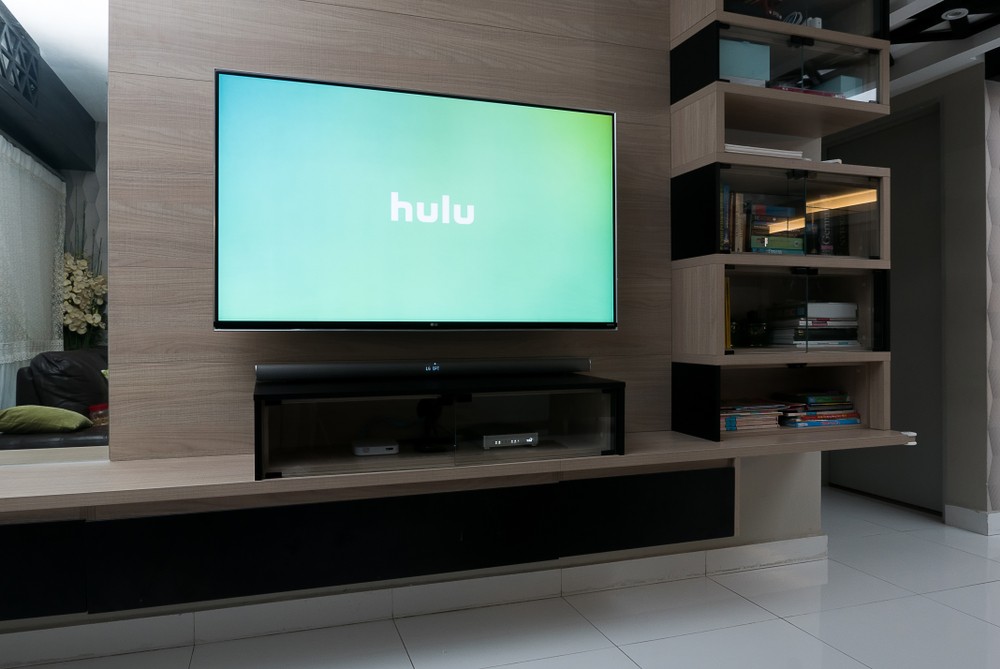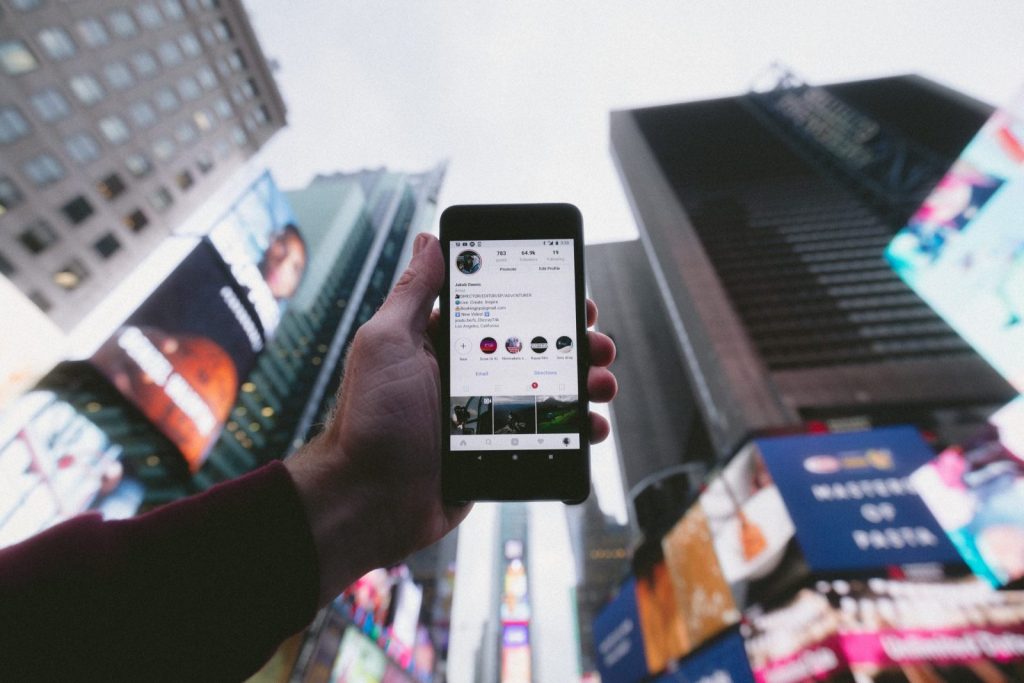Transmedia Storytelling as an Effective Theme Park Marketing Strategy
In a lot of ways, developing an effective theme park marketing strategy evokes quite the “roller coaster” of experiences. There are highs and lows and oftentimes, it even throws you for a loop! But- it doesn’t have to always be that way, particularly when you have a good sense of what your target audience is …
Transmedia Storytelling as an Effective Theme Park Marketing Strategy Read More »










